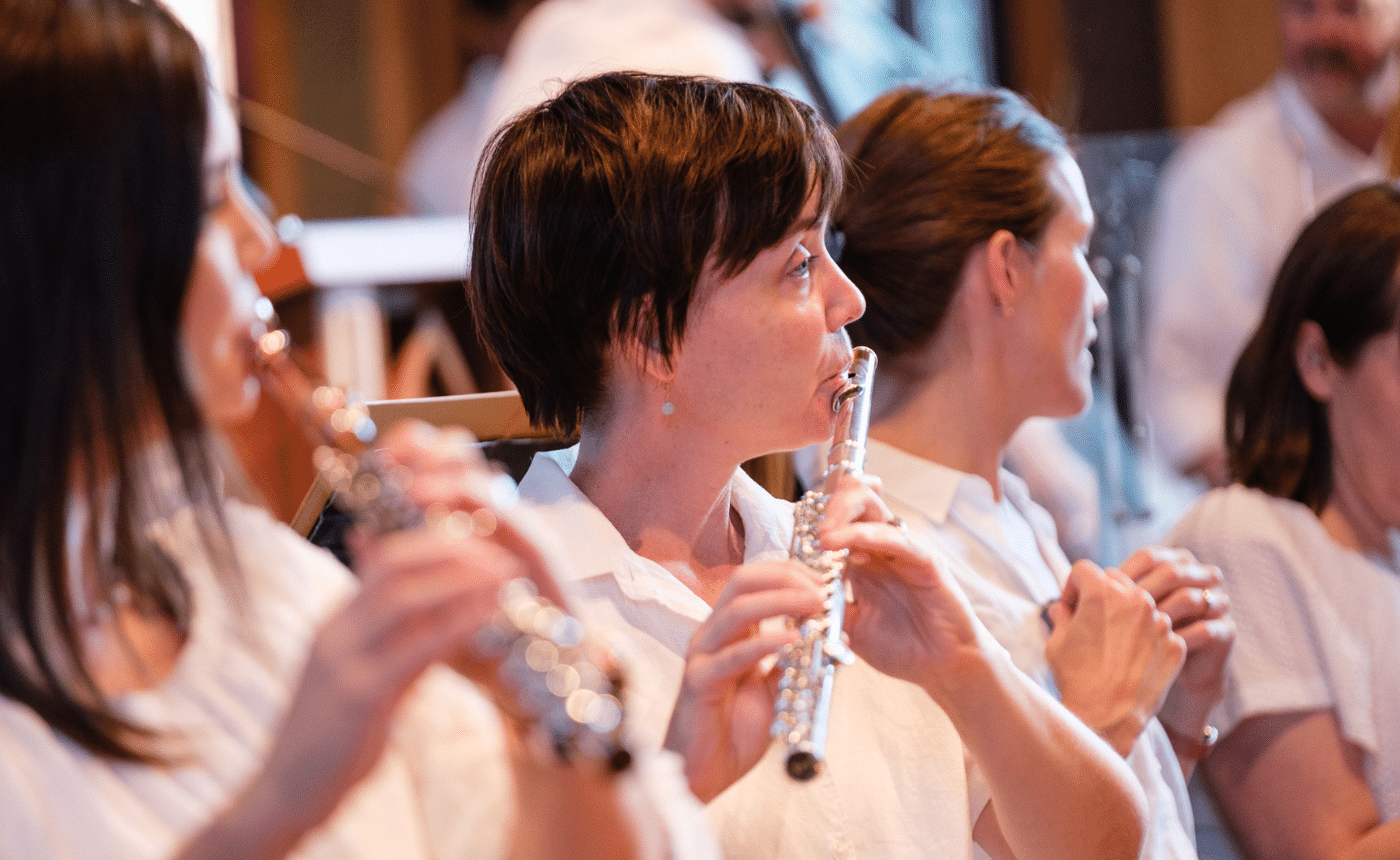Webern – Variations for Orchestra, Op. 30
Anton Webern (1883 – 1945): Variations for Orchestra, Op. 30
Instrumentation: flute, oboe, 2 clarinets; horn, trumpet, trombone, tuba; strings; percussion
Performance time: 7 minutes
Background
It seems likely that the great German writer Johann Wolfgang von Goethe would have been surprised to learn where his aesthetic philosophy led the composer Anton Webern, who lived more than a century later. Webern was deeply influenced by Goethe, whose writing towers over the German cultural landscape much as Shakespeare’s does in English letters, but the opinions Goethe expressed were often modest. “One should hear a little music, read a little poetry, and see a fine picture every day of one’s life,” he wrote, “so that worldly cares might not obliterate the sense of the beautiful that God has implanted in the human soul.” In these words we can sense the artist finding the humanizing influence of beauty that can connect us to the divine. Goethe’s belief in principles common to nature and art can be traced back to writings from ancient Greece.
In the music of Anton Webern, Goethe’s philosophy is applied with a rigor that borders on the epistemological. Webern believed that a work of music is no less a product of nature than a mountain — though in the case of his ethereal Variations for Orchestra, perhaps an alpine blossom such as a snowdrop would provide a more apt comparison. Webern, like Alban Berg, was a student of the influential teacher and theorist Arnold Schoenberg. Together, these three men are considered the seminal figures of the Second Viennese School, which explored atonality in composition as the 20th century began. But Webern’s knowledge and influences were diverse; for example, he was also influenced by his Ph.D. research on Renaissance composers and counterpoint.
What to Listen For
While Goethe sought formal integrity in art that would reflect the harmonious forms in nature, Webern looked to natural, “primal” themes that he explored with a thoroughness that was Beethovenian, seeking unity and flawlessness of form. Composed in 1940, his Variations for Orchestra is an unexcelled example of this quest — symmetrical and polished in its architecture. Writing to his student Willi Reich, Webern described the work’s form as a theme with six variations; we hear the 12-tone theme first in an introduction that states the kernel of the variations. The sixth variation functions as a coda. Between these matched bookends, Webern develops the Variations with elegantly translucent string textures. A sense of poise and balance prevails.
As with many classical compositions — especially modern ones — commentary on the sound of this work can be misleading. Study of the score reveals intricate, precise details in its construction, but awareness of these elements of craft does not necessarily deepen our experience. As listeners, we can best bring a willingness to go where the variations take us with the openness we might bring to observing a sunset or the sound of forest birds…or to the inner soundtrack of our unexpressed thoughts.












